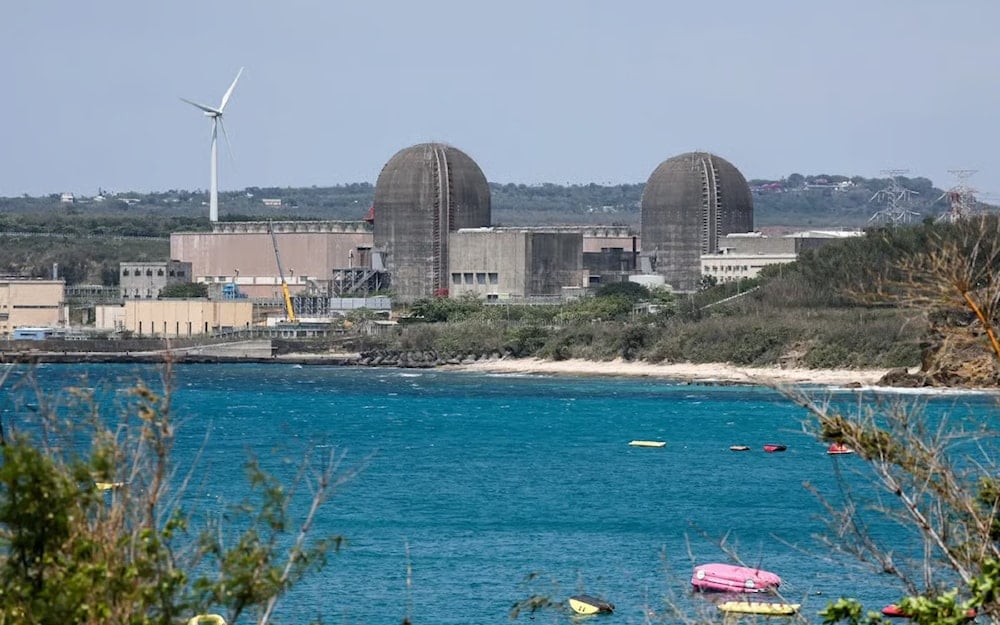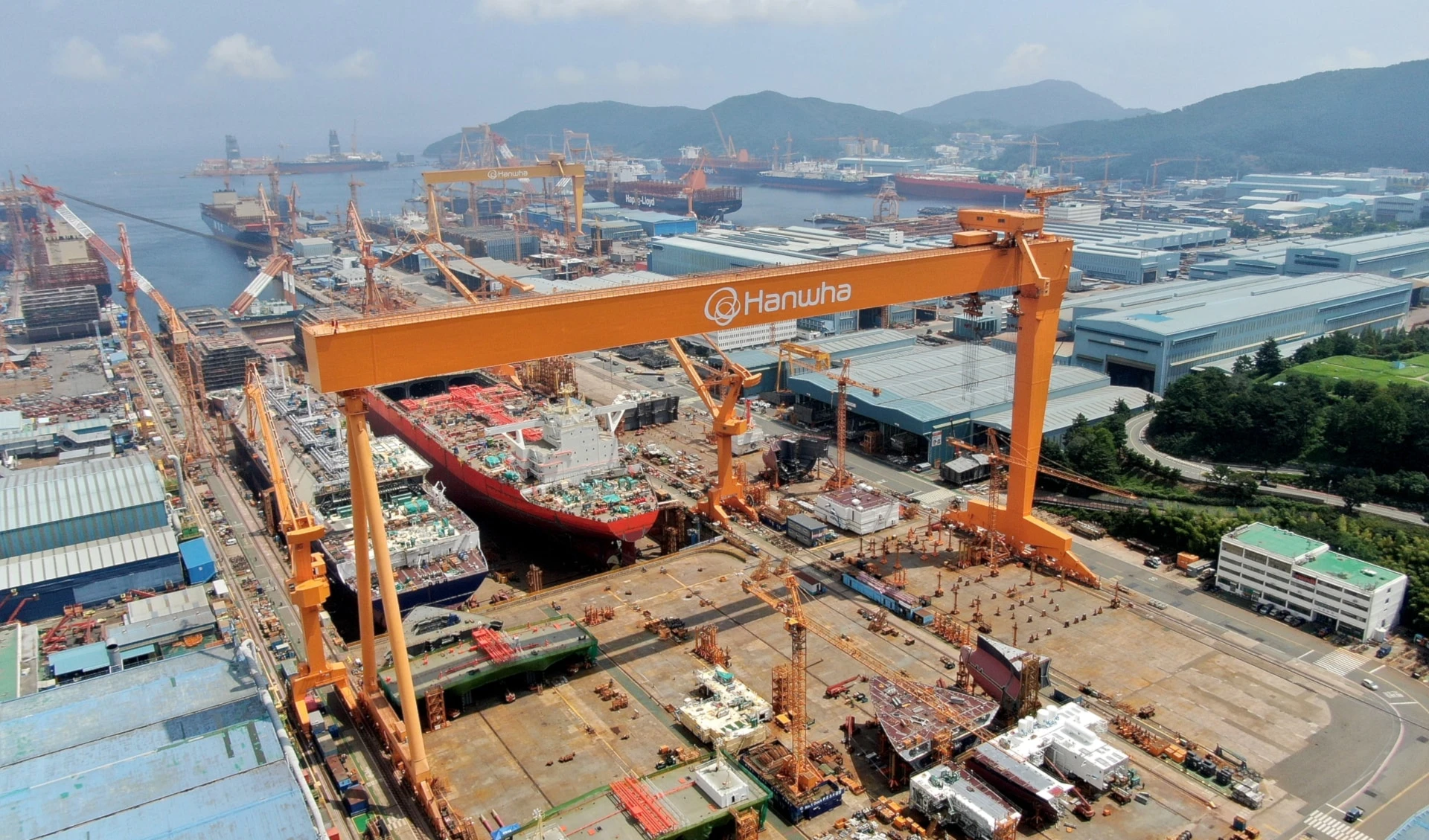Taiwan vote on restarting nuclear plant fails amid security concerns
Taiwanese voters have rejected a referendum to restart the Ma’anshan nuclear plant, dealing a blow to nuclear energy advocates.
-

A general view of the Ma’anshan Nuclear Power Plant next to the beach in Pingtung, in Southern Taiwan, photo undated (AFP)
A referendum on restarting the Ma’anshan nuclear power plant failed on Saturday after falling short of the required threshold. About 4.3 million people voted in favor, while 1.5 million opposed. For the proposal to pass, at least five million “yes” votes were required, and they needed to outnumber the “no” votes.
The outcome prolongs Taiwan’s reliance on fossil fuels, as the island ended its use of nuclear energy when Ma’anshan closed in May.
President Lai Ching-te’s Democratic Progressive Party (DPP) opposed reopening Ma’anshan, citing the need for strict safety guarantees and a solution for waste management. In contrast, the Kuomintang (KMT), Taiwan’s main opposition party, argued that nuclear energy remains essential for long-term energy security.
“The greatest consensus of Taiwan's energy debate … is safety,” Lai said after the vote, stressing that nuclear safety cannot be resolved through a single referendum.
Read more: Trump claims Xi vowed no Taiwan 'invasion' during his presidency
Political divisions between parties
Surveys conducted ahead of the referendum indicated strong public backing for restarting the nuclear plant if safety could be guaranteed, with over 66% support reported by the Taiwan Public Opinion Foundation.
However, critics argued that the vote was largely symbolic, since government authorities retain the final decision on whether nuclear plants can be restarted after safety inspections.
Taiwan’s energy security challenges
The referendum outcome underscores Taiwan’s energy security concerns, particularly as rising tensions with China raise fears of a possible blockade.
Currently, Taiwan relies heavily on liquefied natural gas (LNG), making up 42.4% of energy generation, coal, making up 39.3%, and renewables, which make up 11.6% (below the government’s 20% target for 2025).
Government data show Taiwan has just 11 days of LNG reserves and 30 days of coal reserves, leaving the island vulnerable to supply disruptions.
Nuclear infrastructure once played a dominant role in Taiwan’s power supply. In the 1980s, nuclear power accounted for over 50% of generation, supported by three plants and six reactors.
Over time, however, safety concerns following the Three Mile Island incident, the dumping of nuclear waste on Orchid Island, and the Fukushima disaster led to a decline. By 2023, two plants had been decommissioned, and Ma’anshan’s closure this year marked the end of nuclear power on the island.
Nuclear infrastructure in decline
Taiwan’s fourth nuclear plant was mothballed in 2014 before completion, and in 2021, voters also rejected a proposal to restart it.
The latest referendum further solidifies Taiwan’s shift away from nuclear power, even as critics warn of risks tied to near-total dependence on imported fossil fuels.
Public sentiment and future outlook
Political analysts argue that, regardless of the referendum’s outcome, the government maintains the ultimate authority to approve or deny nuclear restarts based on safety evaluations.
“Whether it is passed or not, the decisions will go to the government. So there will be no difference at all,” said Chen Fang-yu, assistant professor of political science at Soochow University.
The failure of the referendum highlights Taiwan’s struggle to balance public safety, nuclear infrastructure debates, and long-term energy security.
Read more: China on track to surpass US in nuclear power by 2030, WH report warns

 3 Min Read
3 Min Read










